What is Ultraviolet Light?
Ultraviolet light is responsible for suntans, sunburns and it’s an impressive germ killer. It’s a technology that has to be used with extreme care by trained professionals. Improper handling of UVC lights not only kills bacteria but causes cellular DNA damage to skin cells.
UV light shares many characteristics with visible light, except that UV is considerably more energetic in the electromagnetic spectrum. It also has significantly shorter wavelengths than regular light, causing it not to be visible to the human eye. While UVC tube lights are more energetic, this does not mean UV lamps consume more power. They actually consume around the same amount as fluorescent lamps.
There are several types of germicidal Ultraviolet lights. They’re generally divided into three classes, determined by the wavelength of the light. The most common types of ultraviolet light are the ones that possess the longest wavelength with UVA at 315 to 400 nm and UVB at 280 to 315 nm. These types of UV light are common because they’re part of the light coming from the sun. These rays will produce suntans if you use the correct sunscreen lotion or sunburns after extended exposition while under them.
While they can damage and burn the skin, UVA and UVB are not the most efficient options to eliminate germs, bacteria, and viruses. Due to UV rays’ predominance in this wavelength, many microorganisms are well adapted and can survive extended exposure to them.
UVC light is 200 to 280 nm, a wavelength that does not reach the soil, as the planet’s atmosphere completely absorbs it. This means that no germ had the opportunity to adapt or mutate to deal with UVC. UV is classified as electromagnetic radiation, its primary source being the sun. What determines the type of electromagnetic radiation is the increase of energy and frequency, followed by the wavelength’s decrease.
The most common electromagnetic radiation types are X-rays, Ultraviolet (UV), Infrared, and Microwaves. With radio waves being expressed as frequency and representing the lower energy part of the spectrum, while infrared, microwaves, and UV light, on the other hand, are defined by wavelength.
The History of Ultraviolet Lighting
Ultraviolet light and its properties were discovered by the German chemist, physicist, and philosopher Johann Wilhelm Ritter in 1801. He was the one to notice how invisible light in the electromagnetic spectrum could deteriorate the condition of silver chloride. Using a prism to split sunlight to measure silver chloride darkening, this series of experiments could expand humanity’s understanding of light beyond the visible range.
There were several discoveries made with the studies on ultraviolet light advanced throughout the years. The first major breakthrough happened in 1877, where Arthur Downes and Thomas P. Blunt exposed test tubes with Pasteur’s salt solution to gradual levels of sunlight and its ultraviolet rays. This exposition killed microorganisms inside and prevented the growth of more. While testing for increased sunlight exposure, the pair observed that the test tubes stayed disinfected for many months after. It was a pivotal discovery in photobiology and an enormous step in the fight against pathogens in daily life.
Applications of Ultraviolet Light
With the spread of the novel coronavirus and the monumental challenge of keeping high traffic spaces clean, UV Light represents a key tool to keep the public safe and the environment pathogen-free. Areas such as commerce, healthcare, industry, and transport are the main focus of this technology. Some of the many uses of UV lamps seen in these industries are drying of materials, sanitizing spaces of germs, bacteria, and viruses, hygiene of meeting rooms, infection control for hospitals, artificial tanning salons, and forensic investigation for law enforcement.
One of the main applications of UVC light in modern days is sterilizing surfaces, air, and water. Several companies in the food industry use UV lamps to provide safe, low cost and high efficiency (99.99% kill rate) disinfection using the irritation process. This process prolongs many manufactured aliments’ shelf life, preserving nutritional value and eliminating the risk of health hazards. While this technology is incredibly efficient in removing pathogens, it does not damage the food product, making for an ideal solution for both companies and home users trying their hand at DIY cleansing systems.
Another prominent use of UV lamps is in water treatment. It helps avoid strong chemicals that may cause harm to humans and animals, pollute rivers, water bodies, oceans, and groundwater. Opting for UV lamps also means saving money in the long run, as they consume the same amount of power as regular lamps and are incredibly efficient in the purification of all forms of water. UV Lamps can be used to treat water for many practical purposes. Some examples of this application are drinking water, wastewater, industrial process water, spa, laboratories, schools, and many other key applications. Instead of having numerous systems to treat your water, you can cut costs in your home or business by employing water treatment setups that use UV lamps.
For workplaces such as offices where a significant concentration of people is impossible to avoid, UV lamps provide an inexpensive way to keep employees safe from the spread of diseases. Many office buildings are currently using germicidal lamps in their air conditioning systems. It’s a powerful method to keep the air clean, reducing maintenance costs and significantly increasing safety where agglomeration is nearly unavoidable.
UV lamps are also used to do UV curing, which comes in handy both for DIY home usage and commercial applications alike. Using this photochemical process, you can “dry” inks, coatings, and adhesives in just a few seconds. UV curable inks and coating are a cleaner alternative to heat or air drying curing, as those release pollutants, take longer to cure and generate inconsistent results.
There are several advantages if you choose UV curing. It produces better adhesion and bond strength, is environmentally cleaner, and cheaper. It uses less energy, no solvents, which improves the entire curing process’s agility, helping you gain time and produce more. This technique can be applied to adhesives, inks, coatings, and most common surfaces such as glass, plastic, or metal.
Using UVC Radiation to Control the Spread of Germs & Viruses
While regular UVC radiation effectively destroys most bacteria, pathogens, and spores, it comes with the downside that extended exposure can cause cellular damage. Pure UVC 254 nm wavelength radiation has to be installed and used inside empty rooms or by robots. This works well for airplanes, surgery rooms, and spaces that need to be sterilized before usage, but what about environments that need constant purification of the air from pathogens?
Researchers of the Columbia University Irving Medical Center (CUIMC) have made exciting discoveries about UVC light variation. They’ve experimented with several wavelengths of UVC radiation and discovered that lower wavelength radiation is still very effective (99%) when it comes to disinfecting surfaces and ambients. The problem with regular UVC strip light fixtures is that at 254nm, it poses health risks to humans due to exposition.
The researchers found that Far UVC light (lower wavelength variant) at 207nm to 222nm wavelength won’t be able to penetrate humans’ skin or eyes, avoiding cellular damage. It’s an incredibly important discovery that allows for continuous disinfection of places that cannot use regular UVC lamps, such as trains, buses, planes, stores, malls, shopping centers, restaurants, and many others.
This lower wavelength variation of UVC can kill the vast majority of pathogens, not just SARS-CoV-2 but many other diseases spread via droplets in the air from sneezing and coughing. Using this lower wavelength UVC will help many parts of the economy and society fight back the virus. Schools, offices, gyms, train stations, or just about anywhere with a constant concentration of people will become much safer when this technique is employed in combination with other social distancing measures, usage of masks, and applying alcohol gel to hands.
UV Lights: Benefits and Disadvantages
Evading UV light is difficult when it’s so plentiful on the planet. Even if we consider that most ultraviolet radiation from the sun gets absorbed by the atmosphere and never reaches the soil, it’s still important to keep in mind its effects, especially on human skin. A lot of information on how harmful UV light may be is readily available due to the skin conditions and issues caused by extended sun exposition. Still, UV light comes with its share of benefits.
Positive Effects of UV
- Vitamin D – This is one of the most important effects on humans. Vitamin D is needed for strong bones, muscles, and the immune system. Low Vitamin D levels will produce soft bones in children (rickets) and fragile bones in adults (osteomalacia). Exposure to UV light, mostly UVA and UVB rays from the sun, will hit the cholesterol inside the skin cells triggering Vitamin D synthesis.
- Germicidal Effect – We have the technology for UV lamps for over a century now, but it’s in the wake of the SARS-CoV-2 that this tool shows just how effective it can be in mitigating the spread. UV light is the cleanest, cheapest, and most effective way to deactivate all sorts of pathogens, viruses, bacteria, and microorganisms. It doesn’t matter if they’re in a napkin, towel, or hovering particles near the ceiling, UVC radiation from lamps will penetrate the cell and deactivate it, rendering it unable to infect or reproduce other cells.
- Mood Improving – Research has shown that exposure to sunlight will make the brain release more serotonin, the hormone associated with focus, calm, and positivity. This happens because sunlight stimulates the pineal gland during the day, the same gland that will produce melatonin at night to slow down and help sleep.
- Treats Skin Conditions – UVB phototherapy has been proven to alleviate the effects of skin conditions such as psoriasis. The treatment may be harsh and is not a cure but a lifeline for those afflicted by the condition. After UVB treatment, the patient may want to revert to skincare and less intrusive methods, as this technique is made to help those in the more advanced stages of psoriasis.
Negative Effects of UV
- Skin Cancer – The sun rays’ radiation can damage the skin’s genetic DNA if exposed during extended periods. If this process keeps happening over the years due to a lack of proper skin care and protection, the cell growth becomes too much, causing skin cancer. It’s also important to note that skin cancer doesn’t happen only in the scalding sun. Enough UV can pass thru dark clouds to damage the DNA.
- Sunburns – UV radiation causes skin cell damage. Sunburns are how the body reacts to this damage. It happens as the blood rushes to the damaged skin to irrigate and repair it. It’s also a symptom to warn of something serious happening. It’s how your skin tells you that there has been DNA damage to the cells.
- Weakens Immune System – Constant exposure to UV rays will slow down the immune system. UV radiation also suppresses the immune system responsible for protecting the organism from viruses, bacteria, parasites, microbes, and other dangerous pathogens. Immediately after exposure to direct sunlight, white blood cells’ function and distribution are negatively affected for as long as a full day after the skin’s damage happens.
Ultraviolet Lights Impact in the Office
Ultraviolet lights are game-changing when fighting any pathogens, but they must be used with the proper care and caution on installation and safety. UVC Lamps can cause a series of workplace issues, damaging the eyes and skin cells, and prolonged exposition can lead to skin cancer.
But everything can be easily avoided by managing the risk and employing the correct techniques and equipment for both home and office. Some great ways to limit exposition are installing opaque barriers, UV radiation blocking filters, and an Interlock control system.
For more human-related prevention measures such as warning signs, a light indicator warning those outside that the UV lamps are on, staff training on how to behave around UV lamps are great ways to avoid accidents.
Shop UVC Light Bulbs & Fixtures at Lightingandsuppliues.com
In a post-covid society, UV Lamps may be the tool that helps homeowners, commerce, and government to tilt the fight against the virus in their favor. Using Germicidal UV lamps comes with some risks. However, with training and information, they are an incredibly effective method of fighting covid and many diseases that plague human life.
Suppose you’re looking for a way to keep yourself, your family, or clients safe. In that case, UV lamps will prove themselves a cost-effective alternative to abrasive chemicals that will be less efficient, cause discomfort, and cause diseases due to their fumes. Much stronger chemical products are necessary to produce a similar result to UV lamps, so if you’re looking to make the most for your buck and keep everyone safe, UV light may be the solution you’re looking for.


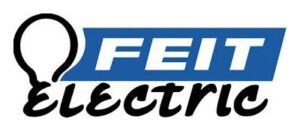

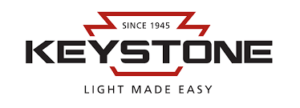
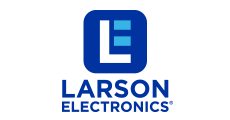

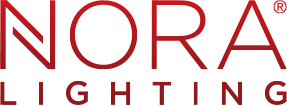


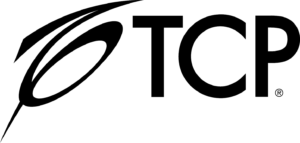

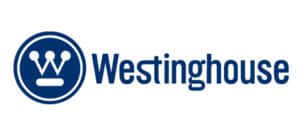
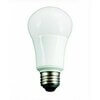

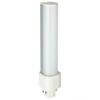


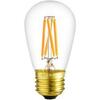


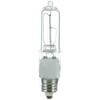
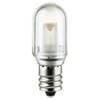
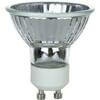

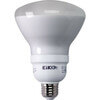
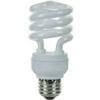
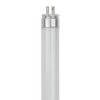

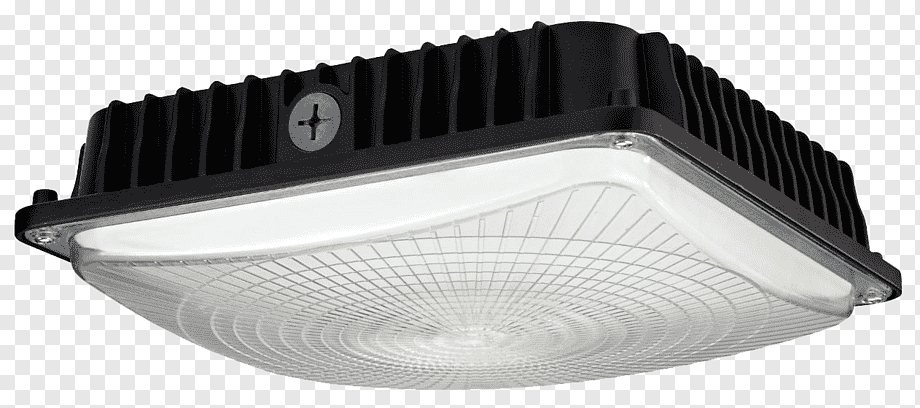
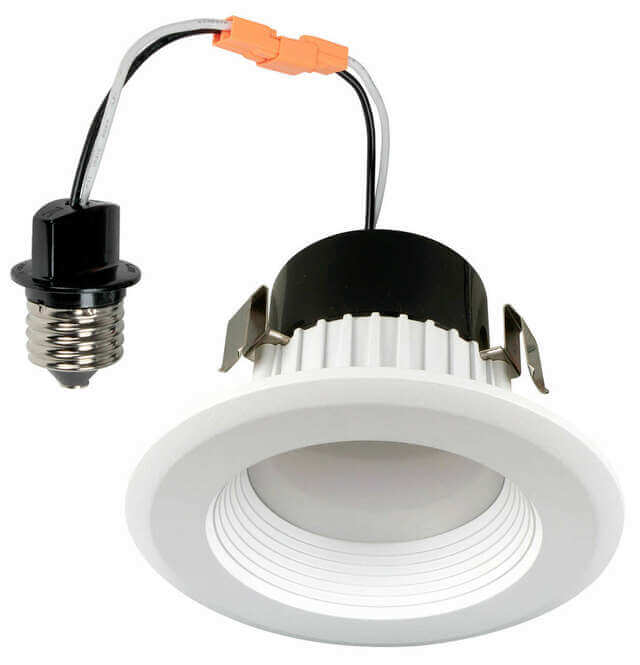
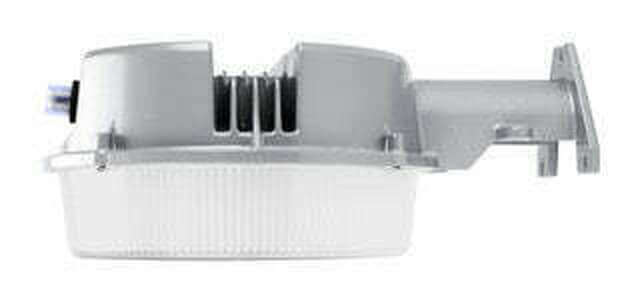

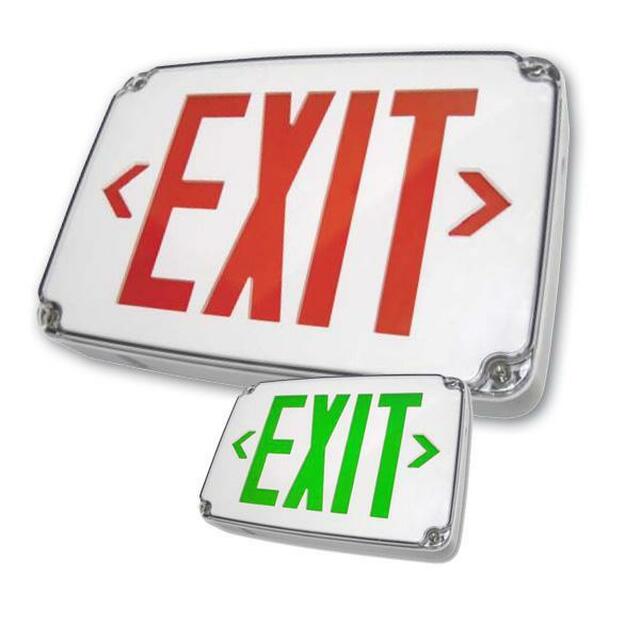
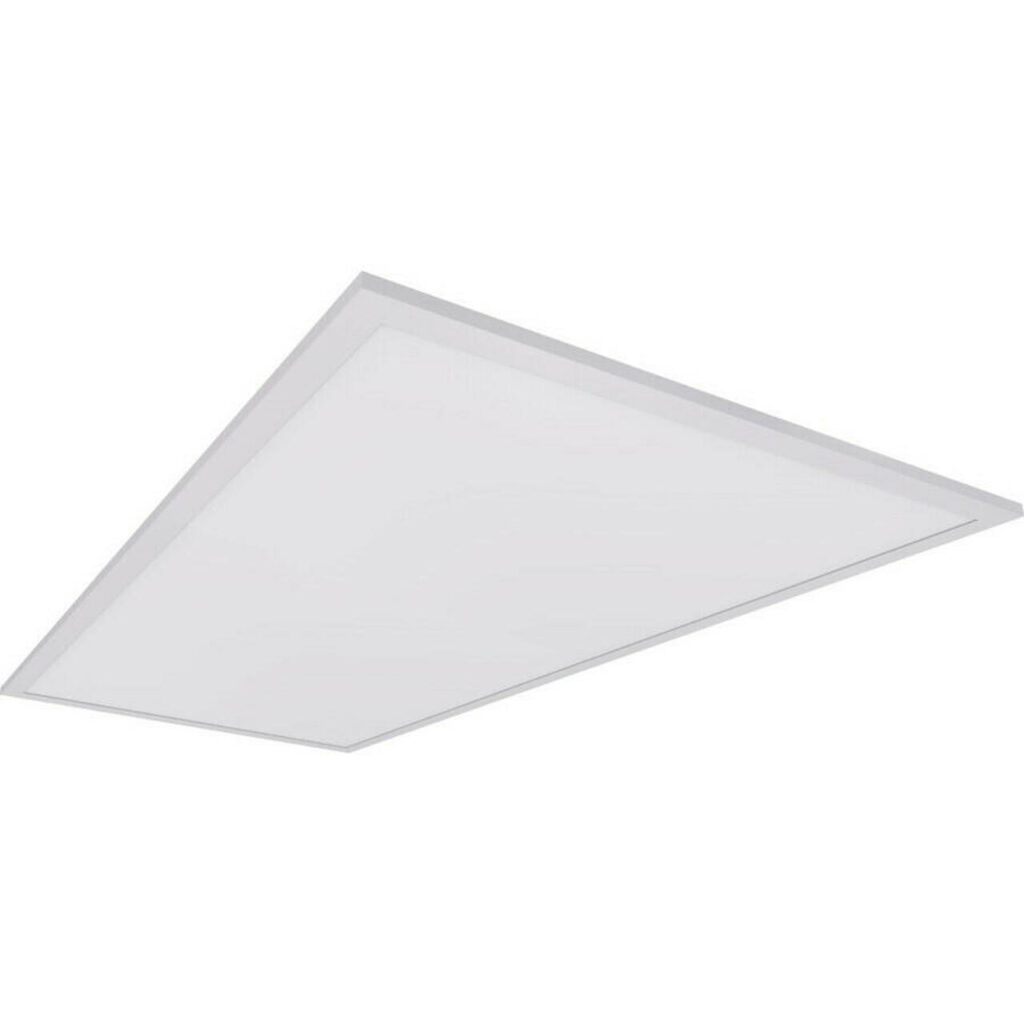

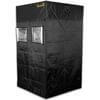
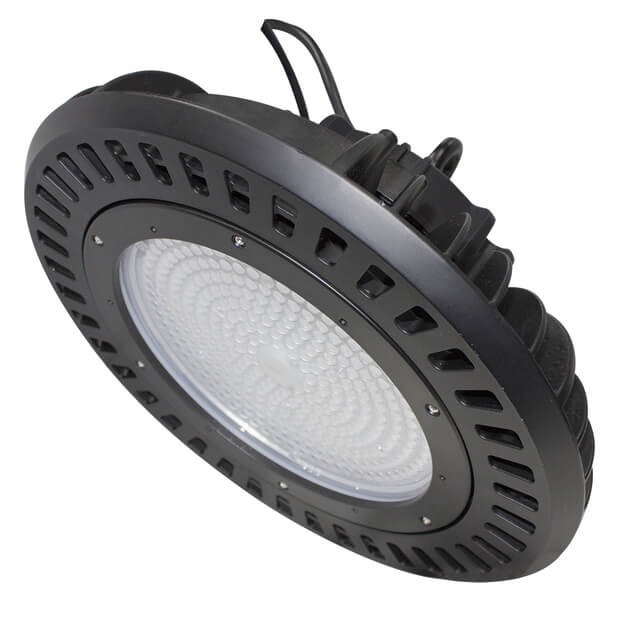
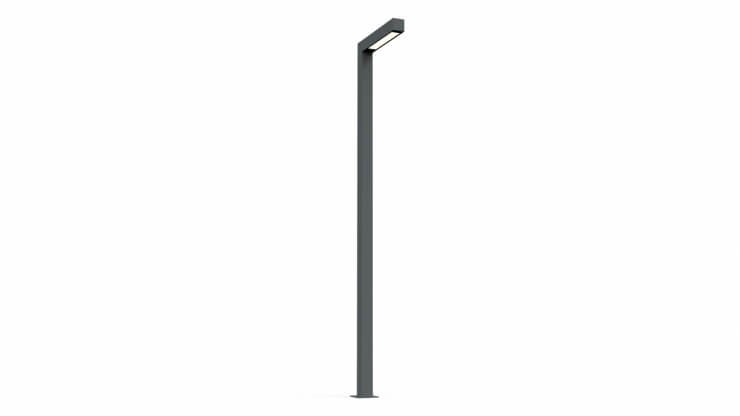




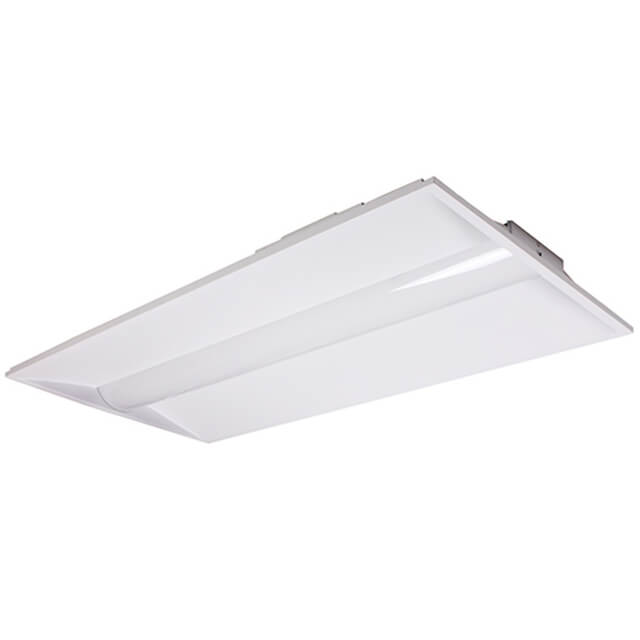
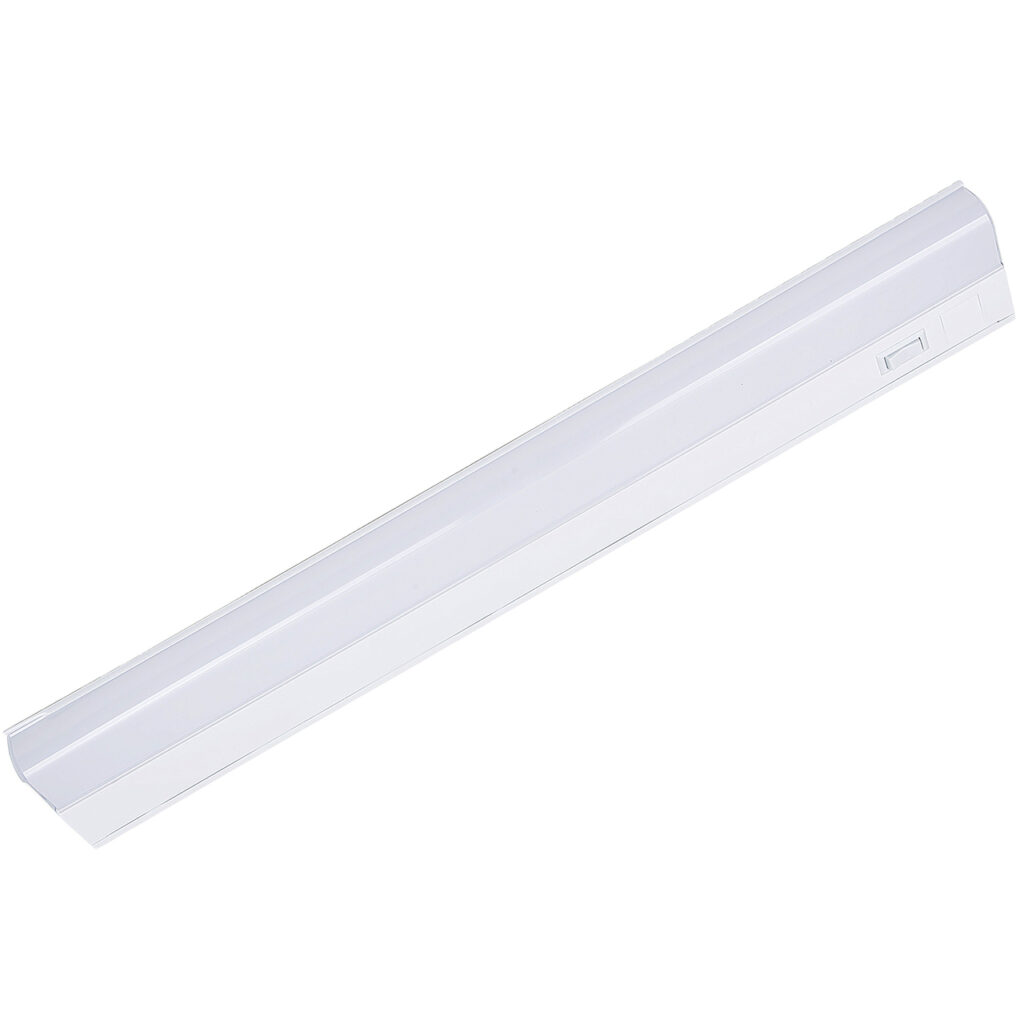

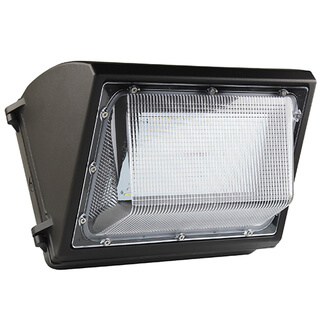
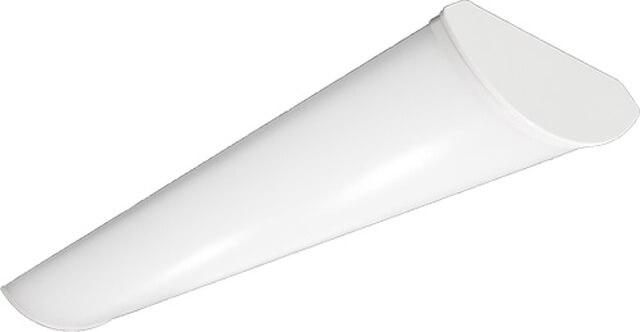


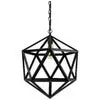


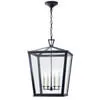
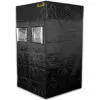

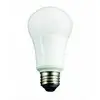
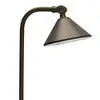

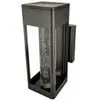

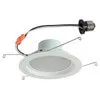

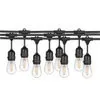
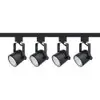
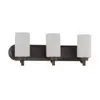
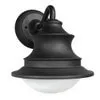

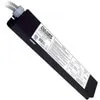
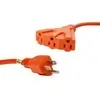
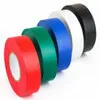
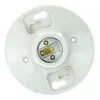



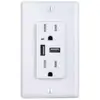
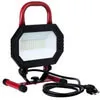
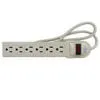
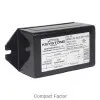
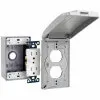
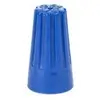
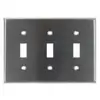
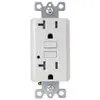
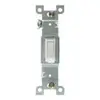

2 responses to “UVC & UVA Bacteria-Killing Lighting for 2021”
I truly appreciate your technique of writing a blog. I added it to my bookmark site list and will
I’m often to blogging and i really appreciate your content. The article has actually peaks my interest. I’m going to bookmark your web site and maintain checking for brand spanking new information.